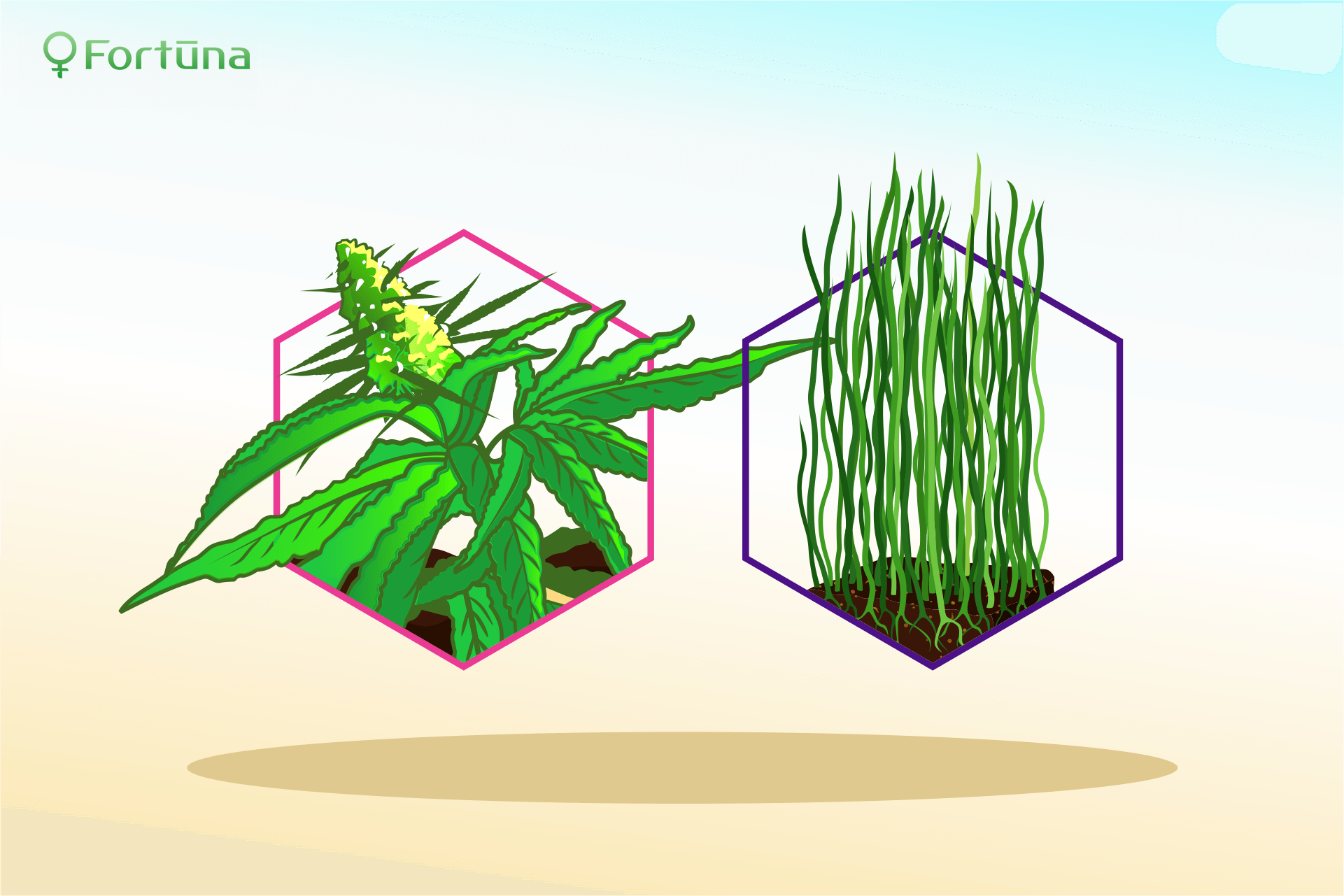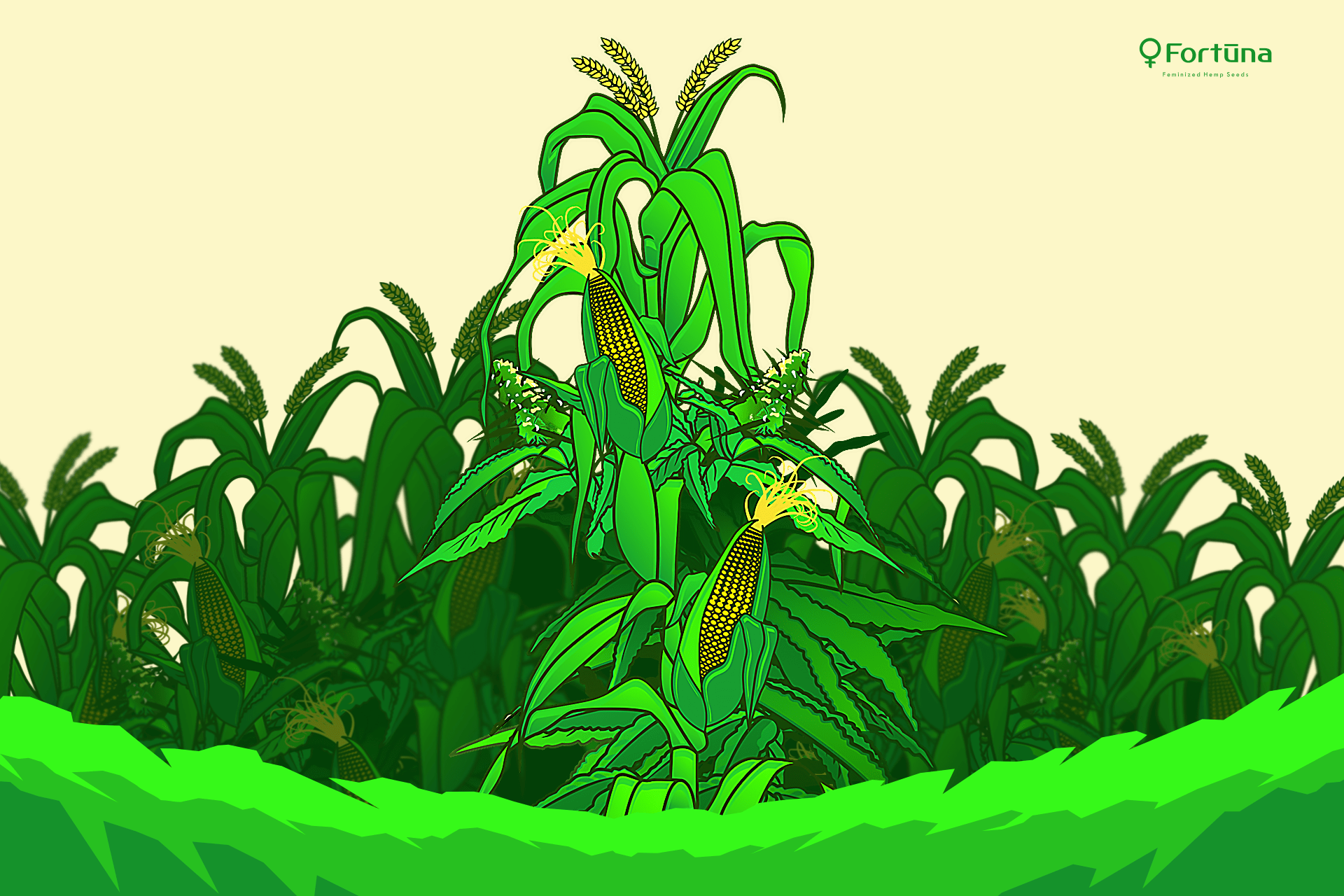
- Guides
-
by gu
The best cover crops for hemp contribute to cultivation efficiency and a quality yield. A cover crop is a plant grown mainly for its contribution to soil health, water irrigation, weed management, and other beneficial factors. The best cover crops for hemp could play an important role in meeting your hemp needs and outcomes. Knowing more about cover crops based on your region and choosing the right seed will contribute to a prosperous hemp growing season.
Benefits of Cover Crops
Agricultural organizations view cover crops as an investment, and they recommend planting cover crops to improve yields and to protect and nurture the soil. The many benefits of cover crops are critical to soil health. Some of these benefits include preventing soil compaction and erosion, organic matter production, insect management, and nutrient management.
Cover crops prevent soil compaction by reducing the space between soil particles. Compression reduces soil quality, which could potentially limit the nutrients hemp plants can absorb.
Crop cover also prevents ground erosion. This is important because maintaining soil consistency and stability impacts irrigation efficiency. Erosion could draw water away from the hemp plants. Additionally, variations in field erosion patterns can create areas with poor drainage. Crop cover mitigates these two threats to ideal irrigation.
Crop covers also facilitate the nutrient absorption process. Decomposing cover crops turn into organic materials to support hemp growth. The organic matter then aerates the soil, simplifies the irrigation process, and absorbs nutrients left after a hemp harvest.
Three Main Types of Cover Crops
When choosing the best cover crops for hemp, consider several factors such as root depth, plant properties, climate, and other conditions that would best meet your growing needs. There are three main categories of cover crop: grasses, legumes, and brassicas.
Grasses
Cover crop grasses like oats, rye, barley, and ryegrass have extensive and deep root systems that help reduce soil erosion. For example, ryegrass has a matrix-shaped root system; this sponge-like layer prevents soil erosion and retains nitrogen. Buckwheat and oats are beneficial for combatting weed growth.
Legumes
The next category of cover crops includes legumes like clovers and peas. They produce significant amounts of nitrogen that hemp plants need. Their deep roots also counteract soil compaction.
Brassicas
These cover crops have some similarities with vegetables, and they include mustard, rapeseed, kale, and turnips. Their long taproots help with soil erosion and aid in water retention. They also contain enzymes that kill pathogens in the soil. Farmers recommend planting brassicas in the fall before the first frost.
Some brassicas repel mites and fungi. Others attract insects that promote hemp health, so assess your needs and decide which brassicas would be a practical part of your insect management strategy.
Integrating Cover Crops into Your Farming Plan
Select the cover crops that would work best for your climate to determine when and how to plant the cover crops. Also, consider the growth cycle of your hemp strain when choosing cover crops so that you can coordinate the tempo of hemp harvest followed by cover crop planting efficiently. Sow cover crop seeds at the recommended depth and breadth apart for optimum yield. The time, research, and attention to cover crops might seem more than you initially planned, but it will be well worth it when you see the benefits in your hemp harvest.
Also, remember to check your state agricultural requirements regarding certification of cover crop seeds. Some seeds are susceptible to fungus or disease and therefore prohibited in some states.
No matter which cover crops you use, you can also use them as “green manure” by plowing over the cover crop and letting it decay in the field.
The Permanent Cover Crop Technique
One technique is to leave the cover crop permanently in place surrounding the hemp plants. When used in this manner, the cover crops reduce weeds and nutrient loss. It renews and restores the soil for the next growing season. Clover is an easily managed cover crop with many benefits. For example, it is low-lying, aids in water retention, and attracts beneficial insects. If you choose this method, make sure you monitor its growth situation closely so that the cover crop and hemp are not competing for water or nutrients.
Final Thoughts on Best Hemp Cover Crops
Proper use of cover crops will significantly enhance your hemp growing efforts. Consider your climate, cultivation plan, and environmental factors to select several cover crops that will work best for your grow operation. If you have previously grown hemp, evaluate your nutrient, irrigation, soil erosion, and pest challenges from previous seasons to inform your decision.
Choosing the best cover crops for hemp growing should be an exciting and rewarding experience.
Contact us to learn more about hemp cultivation or comment below to share your experiences with growing cover crops and your questions.


